Nearly a year ago, I embarked on a journey into the world of martial arts, specifically Brazilian Jiu-Jitsu. Today, as a white belt with two stripes, my confidence has soared, especially in my ability to defend myself against larger opponents or those with no martial arts knowledge.
This journey isn’t just mine; my daughter joins me, learning skills crucial for girls in a world where, unfortunately, we are often physically less able than men. Martial arts have been a game-changer for us, and I strongly believe they can be for many women.
Living in Brazil, I only wish these skills were more accessible to women. The benefits, I’ve realized, are invaluable, and I wish I’d started earlier.
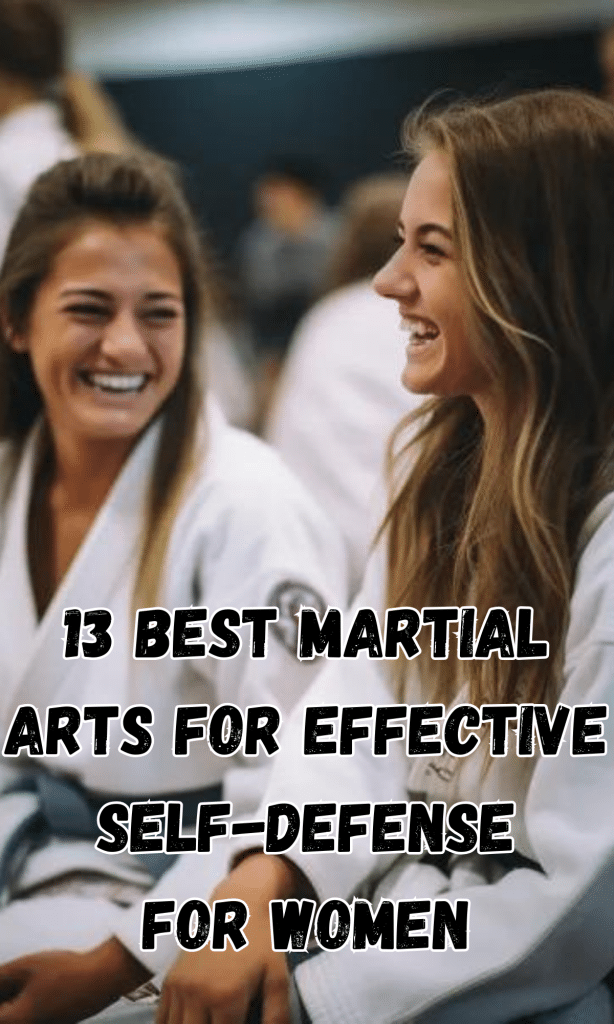
1. Brazilian Jiu-Jitsu
Brazilian Jiu-Jitsu (BJJ), a cornerstone in mixed martial arts, emphasizes ground fighting and grappling techniques. It’s an excellent choice for women, allowing you to gain a dominant position over a bigger opponent.
BJJ teaches joint locks and holds, enabling you to control the situation until help arrives. Brazilian Jiu-Jitsu is not just a sport; it’s a strategic, mental battle that emphasizes technique over brute strength.
Known for its effective ground fighting, BJJ teaches joint locks and chokeholds, essential tools in neutralizing a larger opponent.
As a martial artist progresses, the journey from a white to a black belt in Brazilian Jiu-Jitsu is filled with rigorous training sessions, each enhancing self-defense techniques.
The focus on leverage and control makes it one of the most effective martial arts for real-life situations.
2. Krav Maga
Developed for the Israeli Defense Forces, Krav Maga is a no-nonsense martial art focusing on real-life situations. It incorporates striking, grappling, and wrestling, making it ideal for quickly neutralizing threats.
Its straightforward, effective techniques are perfect for those seeking practical self-defense skills. Krav Maga, developed by Imi Lichtenfeld, is widely recognized as a powerful self-defense system.
Its main focus is real-world applicability, equipping practitioners with techniques to handle street fighting and dangerous situations effectively.
Krav Maga practitioners learn to use natural movements and simple techniques for gaining the upper hand quickly.
This martial art is especially suitable for those looking for a no-nonsense approach to self-defense.
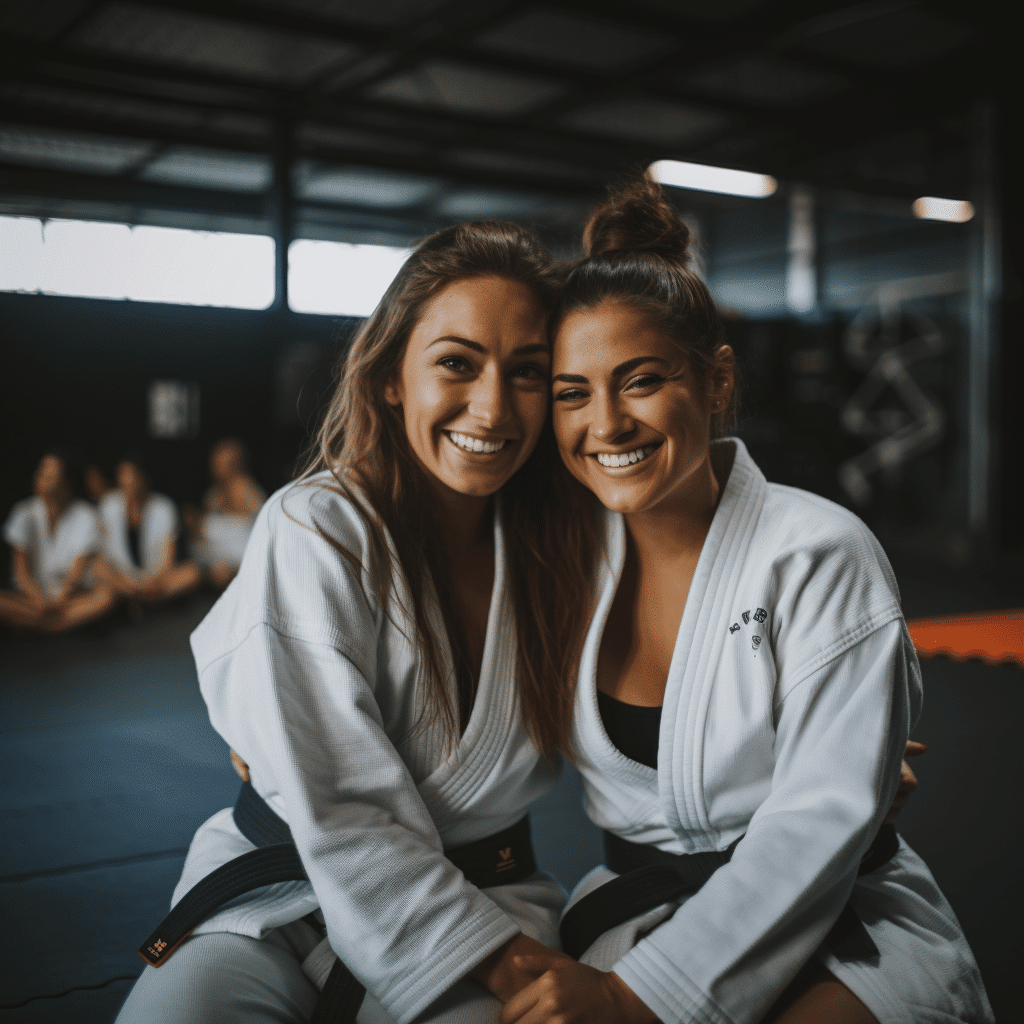
3. Muay Thai
Muay Thai, or Thai Boxing, is a striking-based martial art using elbows, knees, shins, and fists. It teaches how to deliver and defend against powerful strikes, making it a popular choice among women for self-defense.
The training enhances physical fitness and builds confidence in handling dangerous situations. Muay Thai, a traditional martial art from Thailand, is renowned for its powerful strikes using elbows, knees, shins, and fists.
Known as the “art of eight limbs,” it’s a popular choice in the MMA fighters’ arsenal. The training involves rigorous conditioning, helping to build physical and mental resilience. Muay Thai is effective not just in the ring but also in real-life self-defense scenarios.
4. Judo
A Japanese martial art and Olympic sport, Judo focuses on throws and takedowns. It’s a great martial art for women as it relies on leveraging the opponent’s force against them.
It teaches balance, coordination, and how to fall safely, useful skills in self-defense scenarios. Judo, an Olympic sport, emphasizes throws, holds, and joint locks.
It teaches the principle of using an opponent’s strength against them. Judo training sessions often include sparring (randori), which helps develop quick thinking and adaptability in different scenarios.
This Japanese martial art is a great option for women, providing them with techniques to control and neutralize opponents effectively.
5. Wing Chun
Wing Chun is a traditional Chinese martial art specializing in close-range combat. It’s effective for women as it emphasizes speed and efficiency over brute strength.
Its techniques are designed to neutralize opponents quickly, making it a formidable choice for self-defense. Wing Chun is a form of Kung Fu, focusing on efficiency, directness, and close-range combat.
It’s particularly effective against bigger, stronger opponents, making it a suitable choice for women. The style emphasizes quick arm movements and strong leg positioning to deflect external forces.
Wing Chun’s straight-line, centerline attacks are practical and easy to learn, even for beginners.

6. Jeet Kune Do
Created by Bruce Lee, Jeet Kune Do is a hybrid martial arts philosophy that emphasizes adaptability and simplicity.
It combines elements from different martial arts styles, making it a versatile and practical approach to self-defense.
Jeet Kune Do, created by martial arts legend Bruce Lee, is more than just a fighting style; it’s a philosophy of adaptability.
It combines aspects of different martial arts styles, making it a versatile and comprehensive form of martial arts.
Practitioners are taught to be fluid, adapting their fighting style to suit the situation, which is invaluable in real-life defense situations.
7. Taekwondo
This Korean martial art, known for its spectacular kicks and strikes, is more than just a physical workout. It teaches discipline, respect, and self-control.
The focus on leg strength and agility can give women a significant advantage in defending themselves.
Taekwondo, a Korean martial art, is famous for its dynamic and powerful kicking techniques.
Training in Taekwondo enhances flexibility, balance, and agility, providing a strong base for self-defense, especially against taller opponents. Its disciplined approach makes it a popular choice among young kids and adults alike.
8. Aikido
Aikido, founded by Morihei Ueshiba, focuses on using an opponent’s momentum against them. It’s a non-aggressive martial art, ideal for those who prefer a more defensive approach to self-defense.
It teaches joint manipulation and throwing techniques, useful in controlling an attacker without causing serious harm.
Aikido focuses on harmonizing with an attacker to redirect their force. It’s a non-violent martial art, making it appealing for those who prefer a more defensive and less confrontational approach.
Aikido techniques include joint locks and throws, which are effective in controlling an attacker without causing serious harm.

9. Western Boxing
Boxing isn’t just a combat sport; it’s an excellent martial art for self-defense. It teaches effective hand strikes, footwork, and head movement.
The training enhances upper body strength, which is vital in situations where you need to defend yourself. Boxing is more than just throwing punches.
It’s about precision, agility, and tactical thinking. Boxers undergo rigorous training, learning to deliver powerful punches while maintaining good defense.
The training enhances upper body strength, agility, and cardiovascular health, making it a great martial art for self-defense.
10. Combat Sambo
Originating in the Russian military, Combat Sambo is a formidable mix of wrestling and judo. It’s excellent for self-defense, teaching how to handle opponents in different scenarios, including ground fighting and self-defense against weapons.
Combat Sambo, a Russian martial art, combines elements of judo and wrestling. It’s known for its practical approach, focusing on effective self-defense techniques that can be used in various combat situations.
Sambo practitioners learn a mix of strikes, throws, and ground control, making it a well-rounded choice for self-defense.
11. Mixed Martial Arts (MMA)
MMA combines techniques from various martial arts, making it one of the most effective martial arts for self-defense.
It’s a great option for women looking to learn a comprehensive set of skills for different self-defense situations.
MMA combines techniques from various martial arts, providing a comprehensive self-defense system.
It includes striking, grappling, and ground fighting, making it one of the most popular martial arts in the Western world.
MMA training is intense and diverse, preparing practitioners for a variety of self-defense situations.
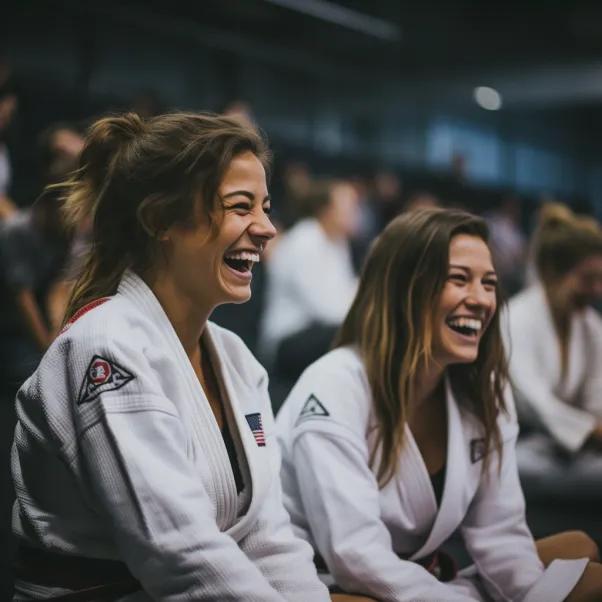
12. Kung Fu
Kung Fu encompasses several Chinese martial arts styles. It’s not just about fighting; it’s about physical and mental discipline.
Its variety offers something for everyone, whether you’re interested in striking, grappling, or weapon training.Kung Fu encompasses a broad range of Chinese martial arts styles, each with its unique techniques and philosophy.
Training in Kung Fu improves physical fitness, flexibility, and mental discipline. It offers various fighting styles, making it a versatile and enriching practice for self-defense.
13. Greco-Roman Wrestling
This form of wrestling focuses on upper body techniques. It teaches control and leverage, enabling women to handle a bigger opponent.
As an Olympic sport, it’s structured and disciplined, providing a solid foundation for physical fitness and self-defense.
Greco-Roman wrestling focuses on upper body strength, teaching techniques to control and overpower an opponent.
It’s particularly effective in close combat situations, where controlling an opponent’s body can be crucial. This form of wrestling is not just a combat sport but also an excellent way to develop physical fitness and self-defense skills.
The Beauty of Martial Arts
The world of martial arts is vast and varied, offering a rich tapestry of styles and disciplines.
Each martial art has its unique strengths and focuses, catering to different preferences and needs. For women, especially, the empowerment gained from martial arts training is immeasurable.
Martial arts like Brazilian Jiu-Jitsu, Muay Thai, and Krav Maga are not just about physical prowess; they’re about outsmarting the opponent.
They teach that size and strength can be overcome with technique, strategy, and mental toughness.
Legends like Royce Gracie in BJJ and figures like Imi Lichtenfeld in Krav Maga have shown how effective these arts can be.
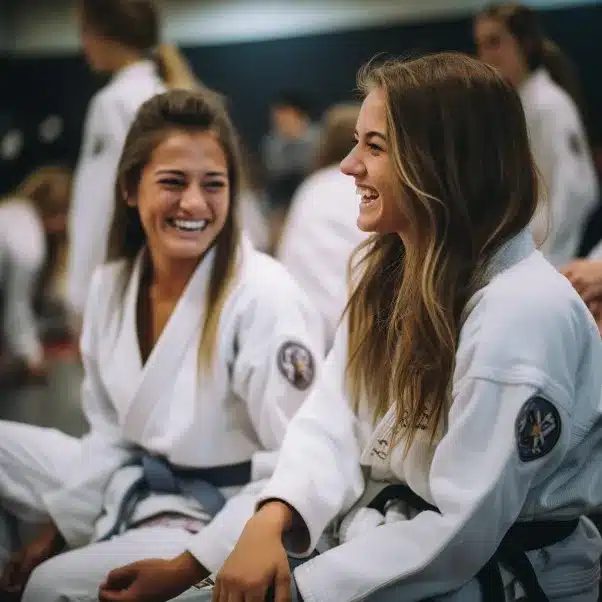
In real-life situations, the skills learned in these disciplines can make a significant difference.
From the controlled environment of a dojo to the unpredictable nature of street fighting, martial arts equip individuals with the ability to defend themselves and their loved ones effectively.
For young kids, starting martial arts training can be a transformative experience. It teaches discipline, respect, self-control, and perseverance.
These are life skills that go beyond the dojo or the gym, shaping their character and approach to life.
Moreover, martial arts can be a significant part of legislative action and community efforts to promote self-defense, especially among women and vulnerable populations.
Influential figures like Jocko Willink have advocated for the benefits of martial arts training in developing personal discipline and resilience.
In cities like New York or rural areas alike, the accessibility to various forms of martial arts is growing.
Whether it’s Brazilian Jujitsu, Western Boxing, or the dynamic kicks of Taekwondo, each offers a path to not just physical fitness but also a means of empowerment and self-assurance.
Choosing the best form of self-defense is a personal journey. Whether it’s the strategic ground fighting of Brazilian Jiu-Jitsu, the powerful strikes of Muay Thai, or the adaptable techniques of Jeet Kune Do, each martial art offers unique benefits.
The key is to start this journey and discover the immense physical and psychological benefits that martial arts training can offer.
Age, location, or physical strength should never be seen as obstacles when it comes to embarking on a martial arts journey.
The beauty of martial arts lies in its inclusivity and adaptability to individuals of all ages and physical capacities.
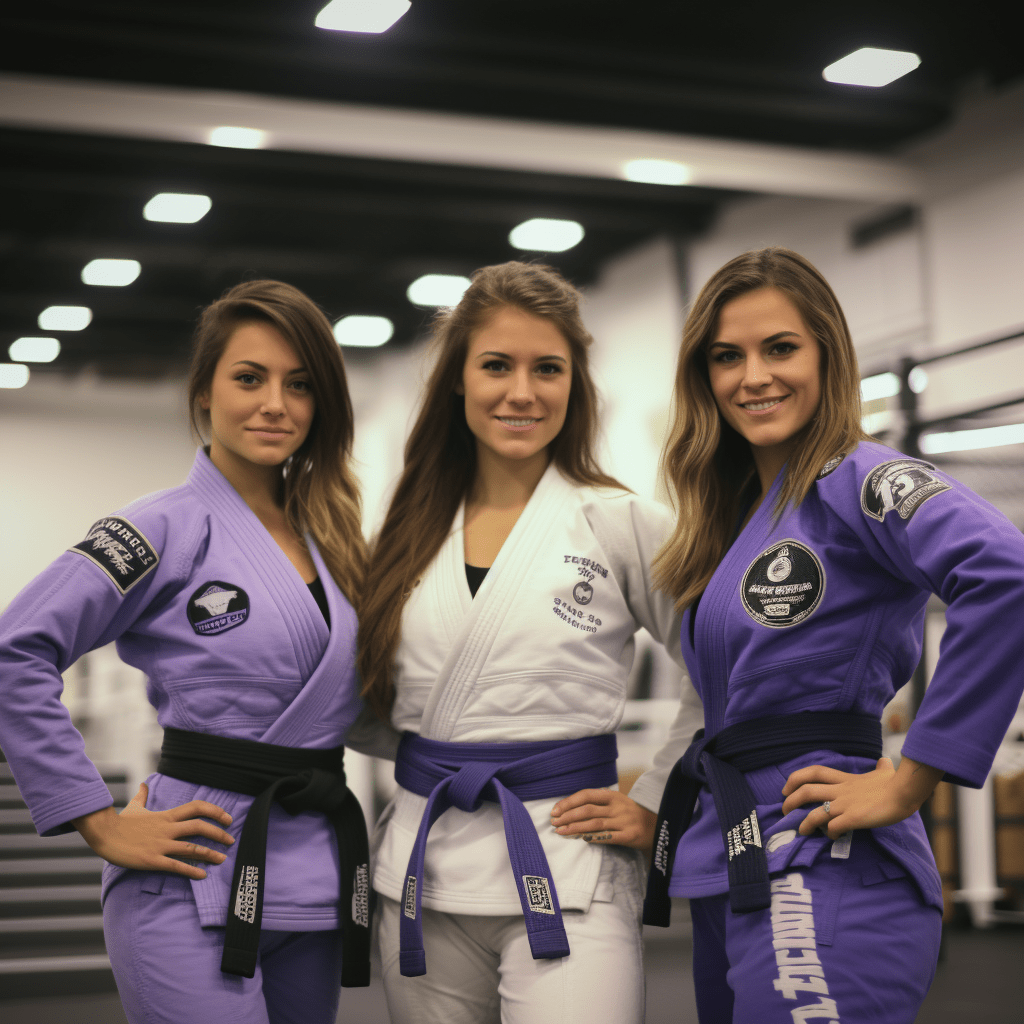
For instance, the disciplined strikes of Muay Thai are not just about physical prowess but also about mental resilience and tactical thinking, making it suitable for those who might not possess brute strength.
In contrast, the defensive maneuvers of Aikido focus on using an opponent’s energy against them, ideal for individuals who prefer a more strategic and less forceful approach to self-defense.
Similarly, the grappling prowess of Brazilian Jiu-Jitsu demonstrates that size and muscular power are not prerequisites for effective self-defense.
This martial art emphasizes technique, leverage, and timing, allowing a smaller, less physically imposing individual to successfully defend against a larger adversary.
It is a prime example of how understanding and skill can triumph over raw physical attributes.
Each martial art brings its unique advantages and philosophies, catering to different needs, preferences, and physical abilities.
The diversity in martial arts styles means that there is a form that resonates with everyone.
Whether you seek the high-energy kicks of Taekwondo, the graceful throws of Judo, or the comprehensive combat techniques of Mixed Martial Arts, there is a discipline out there that aligns with your personal goals and physical capabilities.
For women, in particular, martial arts offer more than just self-defense skills; they provide a pathway to empowerment and self-discovery.
Through training, women learn not only how to protect themselves but also gain confidence, mental strength, and a sense of control over their bodies.
It’s about transforming perceived vulnerabilities into strengths and realizing that physical power can come in many forms.

This journey of empowerment is not limited by age. Young kids, adults, and even seniors can find a martial art that suits their stage of life and physical condition.
Martial arts can be a lifelong practice, evolving with you as you grow and change. The key is to find the style that resonates with you and embark on a journey that not only enhances your physical capabilities but also enriches your life in myriad ways.
For me and my daughter, our journey through the world of martial arts has been transformative. It’s more than learning how to defend ourselves; it’s about building confidence, resilience, and a bond through shared experience.
My hope is that by sharing our story, others will be inspired to explore the rich and diverse world of martial arts and discover their own path to empowerment and self-defense.
Imersing into the realm of martial arts as a form of self-defense offers a unique blend of physical skill, mental fortitude, and emotional empowerment, especially for women.
This journey is more than just about mastering techniques; it’s about embracing a way of life that enriches one’s understanding of self-defense and personal strength.
The diverse landscape of martial arts, from traditional styles like Brazilian Jiu-Jitsu to combat sports such as boxing, provides an extensive list of the best martial arts suited for various needs and preferences.
Each discipline, whether it’s the grappling prowess of Brazilian Jiu-Jitsu, the precise strikes of a trained boxer, or the dynamic movements of traditional martial arts, equips martial artists with skills relevant to real-life situations.
In Brazilian Jiu-Jitsu, for instance, the focus is not merely on ground techniques but also on understanding how to control an opponent from a standing position, an essential skill in self-defense situations.
Similarly, the disciplined approach of a trained boxer, honing their striking skills and protective gear usage, is invaluable in real-life scenarios where quick reflexes and precise movements can make a significant difference.
Knee strikes, a common technique in various martial arts, exemplify the kind of practical, effective skill that can be crucial in self-defense.
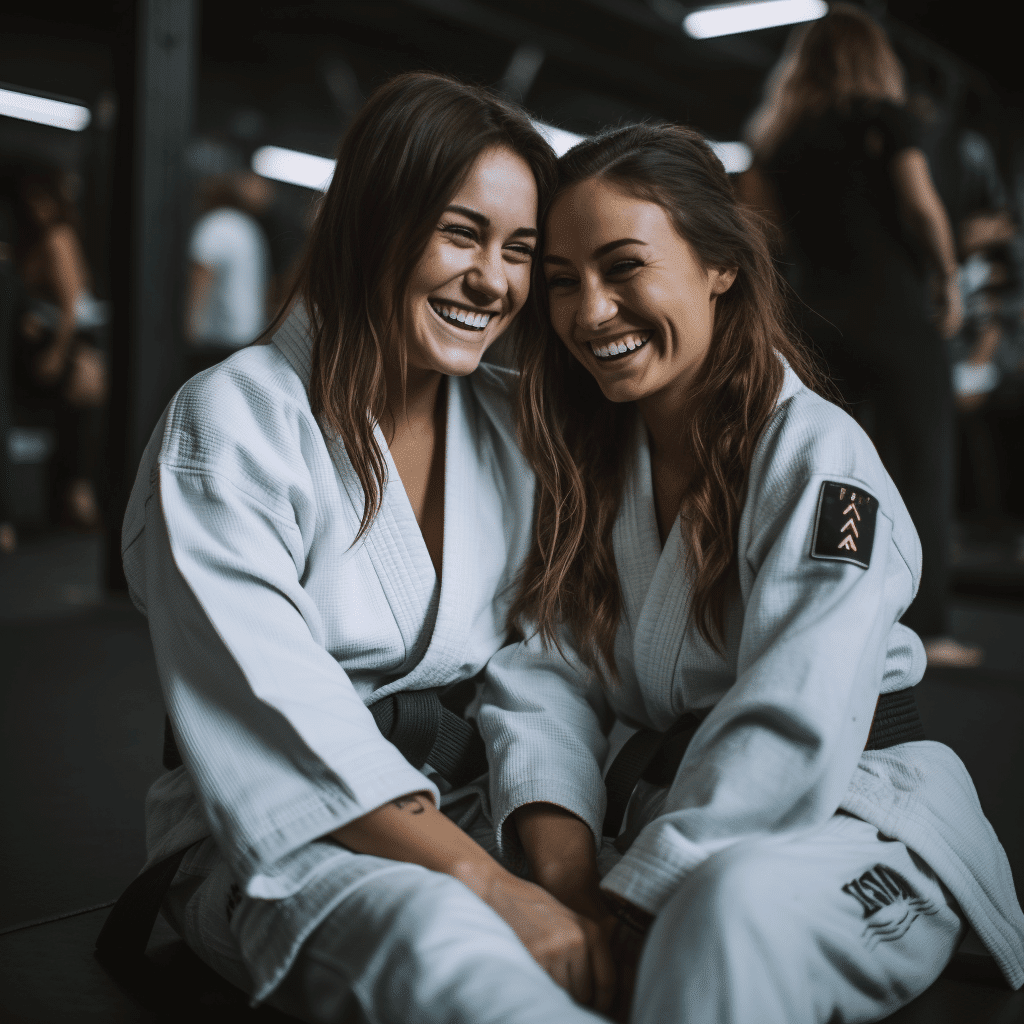
They represent the kind of targeted, powerful movement that can be essential in real-life self-defense situations, particularly for those who may not have the physical strength to overpower an opponent in a prolonged encounter.
Furthermore, the principles and tactics learned in martial arts, some of which are derived from special forces training, offer more than just physical defense strategies.
They imbue practitioners with a sense of confidence and preparedness that extends beyond the dojo into everyday life. This is particularly empowering for women, who may face unique challenges and threats in their daily environments.
As a martial artist, the journey is a long-time commitment that brings continuous growth and learning.
Exploring different styles is often seen as the best way to not only enhance physical capabilities but also to develop a well-rounded approach to self-defense.
This exploration leads to a comprehensive understanding of self-defense, incorporating techniques and strategies from various disciplines to handle a wide range of situations effectively.
Conclusion
In essence, the world of martial arts offers a rich and empowering journey, especially for women seeking effective ways to defend themselves.
The key lies in finding the style that resonates most with your personal goals and integrating these techniques into your lifestyle.
Whether it’s through the disciplined practice of Brazilian Jiu-Jitsu, the strategic strikes of boxing, or the dynamic techniques of other martial arts, the journey is sure to be transformative.
So, as you embark on this path, embrace the diverse world of martial arts, where each style brings its unique flavor to the art of self-defense and personal empowerment.
More related reads:
100+ Jiu Jitsu Moves Names (Portuguese & English) – On Your Journey
My Personally Recommended Best Jiu Jitsu Clothing Brands – On Your Journey
60 Motivational Jiu Jitsu Quotes To Inspire – On Your Journey
16 Must Know Jiu Jitsu Pet Peeves – On Your Journey
What Is Jiu Jitsu And Is It For You? – On Your Journey
The Ultimate Guide to Brazilian Jiu-Jitsu Belt Levels – On Your Journey
From Mat to Life: the Empowering Journey Through Jiu Jitsu – On Your Journey
Discover Your Inner Fighter: Which Martial Art Reflects Your Personality Quiz – On Your Journey
Top 10 Best Martial Arts for Kids to Learn in 2024 – In The Playroom
The Best Martial Arts for Teenagers’ Self Defense 2024 – In The Playroom
What is the best martial art to start with as a kid? – In The Playroom
Luciana, a proud Brazilian, blends her passion for jiu-jitsu with a deep-rooted connection to spirituality and well-being. Her dedication to the martial art reflects not just a physical discipline, but a holistic approach to life, seeking balance in mind, body, and spirit. Whether on the mats or in meditation, Luciana embodies the essence of harmony and inner strength.

1 thought on “13 Best Martial Arts for Effective Self-Defense for Women”